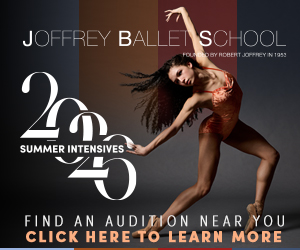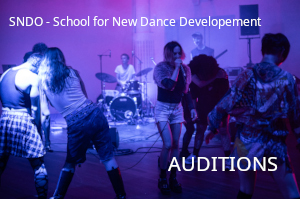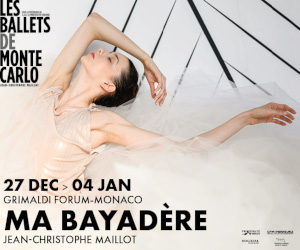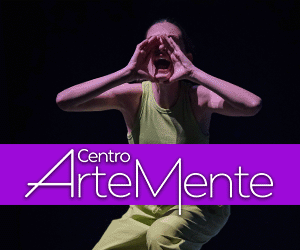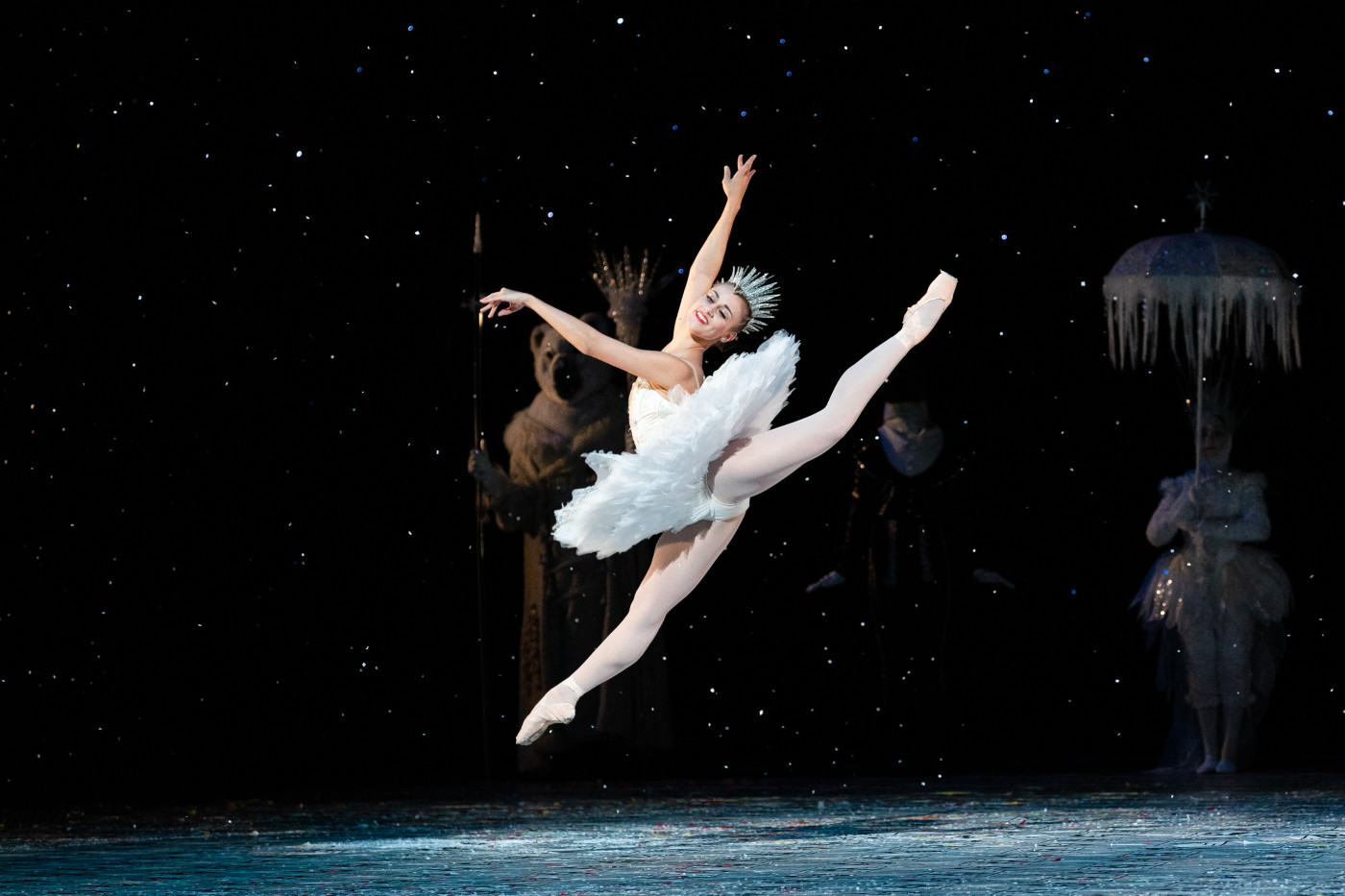Steve Paxton death
22/02/2024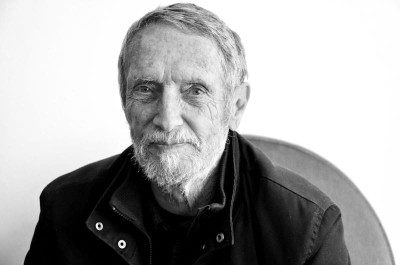
The world of dance is in mourning as it bids farewell to Steve Paxton, a visionary and pioneering figure in the realm of experimental dance and choreography, he has passed on February 21, 2024 in US.
Born in Phoenix, Arizona in 1939, Paxton’s impact on the art of dance has been profound and far-reaching. His influence has left an indelible mark on the dance community, with his innovative approach to movement and choreography touching the lives of countless artists and performers.
Paxton’s journey as an experimental dancer and choreographer began with a background in gymnastics, which eventually led him to delve into the world of dance. One of his most significant contributions was the development of contact improvisation, a form of dance that emphasizes spontaneous movement and physical interaction between participants. This unique approach revolutionized the way dancers engage with each other and their environment, cementing Paxton’s legacy as a trailblazer in the field.
A MEMORY OF STEVE PAXTON FROM DANZA&DANZA INTERNATIONAL magazine N. 30
(March/April 2022, available on the app store)
Venice Biennale, 2014. The then-director of the Dance section Virgilio Sieni awarded Steve Paxton the Golden Lion for Lifetime Achievement. We have paraphrased some of the artist’s thoughts which he expressed at the Award Ceremony.
THE SKIN
The skin is the largest organ of the body. This idea is not well understood in the West; people don’t appreciate how the nature of the unconscious mind is strongly related to the permeable nature of our surface. With contact improvisation came a big research into the language of skin. A research into how our senses are channelled into the body, and the relationship between what is inside and outside of us. It is something we can explore, to expand our horizons and go beyond everything we know.
DISABILITY AS UNIQUENESS
“Disability” means unique qualities. The perception you get when you work with people whose qualities are very different than yours, when we feel an edge of something that we’re sharing, this I find extraordinarily strong. When I’m with somebody who can’t see, or can’t hear or can’t move, something is drawn from me, to make me try to perceive what their reality is. It’s almost comical how we fail in this effort, but it’s important, democratic to see things from somebody else’s point of view. The openness required for the communication to be full and rich is the gift of the work, and enriches interpersonal relationships. I was made more sensitive by this work.
CURIOSITY
Curiosity is vital. We define everything according to how we see it in that moment. The body is full of curiosity. We should always remember that nothing of any real importance has been discovered yet. We still live in a primitive state, at least that’s what I think. Curiosity is what can lead us towards a more complex understanding of who we are and what we could be.
FROM MODERN TO CONTACT IMPROVISATION
I began as a modern dancer, in the tradition of Martha Graham, José Limón and many others. Artists that made aesthetic decisions based on techniques they had invented themselves. They all experienced that with the advent of the 20th century, an individual could define their own aesthetic. The modern dance template was superseded in the mid-twentieth century, with Merce Cunningham. He taught us that the composition can be influenced by the random process, a method that is far from chaotic, despite its name. But Cunningham did not demonize the underlying concept of modern dance, about creative uniqueness. He was still choreographing at nearly ninety years old, because he was able to, and was interested in the compositional process. He reflected on movement until his dying days.
When Judson Church came along, the focus shifted strongly onto everyday movement. It’s not easy to explain what it means to us to think that way. I myself, after the brilliant work that had gone before us, felt the need to turn over a new leaf; to go back to basics, find something old, predating any aesthetic dance movement. I spent decades working on walking, standing, sitting, getting up. I felt there was something that was invisible to us all, something that didn’t demand attention but was miraculous. Standing up was miraculous, walking was miraculous. I could have spent the next forty years thinking about walking, standing up, sitting down; but I chose to move forward. So, I began exploring improvisation, which is about the question of how we include the idea of space in our movements. A place where things can happen in a fantastical way. After spending a period focusing on everyday actions, it was startling to explore the acrobatic flow between two people who are improvising together. We asked ourselves: what are the impulses? What are the reflexes? How can we study, see, and above all feel ourselves, with our inner selves? I think that our work must aim to create awareness through our performances for an audience sitting in the theatre like a blank slate, which is the state that I myself prefer to be in, as a spectator: a state that lets you absorb a form of change from what you are watching.
© All rights reserved


